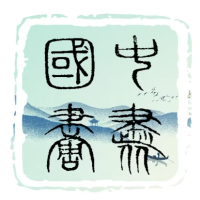程十发,名潼,乙酉年三月初七生于上海枫泾镇,号何须斋。幼习画,师赵梦朱,后拜梁树年为师,渐成自家风。人物花鸟,独树一帜,连环、年画、插画皆有成。工书法,得力秦汉木简及怀素狂草,草篆隶结一体,自成一格。
Cheng Shifa, whose courtesy name was Tong, was born on the seventh day of the third month in the year of the Rooster (1933) in Fengjing Town, Shanghai. His studio name was Hesu Studio. He began learning painting at a young age under Zhao Mengzhu and later studied under Liang Shunian, gradually developing his unique style. He excelled in figures and birds, creating a distinctive style in comics, New Year paintings, and illustrations. Proficient in calligraphy, he mastered the techniques of Qin and Han wooden slips and Huaisu’s wild cursive script, forming his own unique style.

程公画艺六十余载,贯以观察、思考、借鉴、学习。研古今笔墨,汲他艺养料,遍求古今中外之法,终成独特“程家样”。五十年代末至六十年代中,推新作,如《橘颂》《东坡拨琴图》《钟馗嫁妹》《游园惊梦》《金玉满堂》等,确立“程家样”风格。
Cheng Shifa’s painting career spanned over sixty years, characterized by observation, thinking, borrowing, and learning. He studied ancient and modern techniques, drew nourishment from other arts, and explored methods from both China and abroad, ultimately forming the unique “Cheng style.” From the late 1950s to the 1960s, he introduced new works such as "Ode to the Orange," "Su Dongpo Playing the Qin," "Zhong Kui Marrying Off His Sister," "A Dream of the Garden," and "Gold and Jade Full House," establishing the “Cheng style” of painting.
程十发人物画借陈老莲,任伯年精髓,融拉斐尔灵感,自成一格。虽受徐悲鸿,蒋兆和技法影响,仍创新自立。五六十年代,捕云南少数民族服饰之艳,塑其儿童少女形象,独步画坛。后延历史、神话、舞台人物,风格鲜明,成海派大家。程公重诗书画印之融通,涉猎人物、山水、花鸟、连环画、插图、年画、电影海报,皆有佳作。兴趣广泛,好奇心强,乐涉年画、海报,尝试工艺、家具设计。热爱民间艺术,借泥塑、剪纸之趣,增绘画之味,多样化探索植根。
Cheng Shifa’s figure paintings drew from the essence of Chen Laolian and Ren Bonian, infused with inspiration from Raphael, forming his own unique style. Although influenced by the techniques of Xu Beihong and Jiang Zhaohe, he innovated independently. In the 1950s and 1960s, he captured the vibrant colors of the clothing of the Yunnan ethnic minorities, creating lively images of their children and young girls, dominating the painting world. He later extended this distinctive style to historical figures, mythical characters, and stage figures, becoming a prominent figure in the Haipai school.
程公山水清逸淡远,花鸟独具风骨。花鸟画以花卉禽鸟配苍劲古树新枝,奇崛之美显。笔墨浑朴苍劲,书画一体,清新古雅,创海派花鸟新高峰。程公作品,诗文书印相融,求画意诗境。早年受明曾鲸人物画影响,注重写实,善用水墨,简笔写意。戏剧缘深,早年松江演昆曲。作《钟馗嫁妹》图,戏剧启发,主角对比鲜明,线条赋色构图皆妙。海派画家,独程公连环画成就卓然。前辈虽偶涉插图,如周炼霞绘《长生殿》,然专事连环画者,仅十发一人。其不轻视连环画,谓其重在故事连贯,不拘技法。信百画皆可用于连环画。自美专学山水,后苦研连环画,创水墨、彩墨,独树一帜,成一家之言。书籍插图亦多佳作,享誉国际。
Cheng Shifa’s landscapes were ethereal and distant, and his flower and bird paintings had a unique style. His flower and bird paintings combined flowers and birds with ancient trees and new branches, showcasing a rugged beauty. His brushwork was simple yet vigorous, blending calligraphy and painting, creating a fresh and elegant aesthetic, reaching new heights in Haipai flower and bird painting. His works integrated poetry, calligraphy, painting, and seals, seeking a poetic and pictorial meaning. Influenced by Ming Dynasty painter Zeng Jing's figure painting, he emphasized realism, skillfully using ink and simple brushstrokes. Deeply connected to theater, he performed Kunqu opera in Songjiang in his early years. His painting "Zhong Kui Marrying Off His Sister" was inspired by drama, with contrasting main characters and excellent line, color, and composition. Among Haipai artists, Cheng Shifa's achievements in comics were outstanding. Although previous generations occasionally engaged in illustration, like Zhou Lianxia's illustrations for "The Palace of Eternal Life," only Cheng Shifa specialized in comics. He did not despise comics, valuing their narrative continuity regardless of technique. Believing that any painting style could be used for comics, he transitioned from studying landscape at art school to painstakingly researching comics, creating unique ink and color comics, establishing his own voice. His book illustrations were also well-regarded internationally.

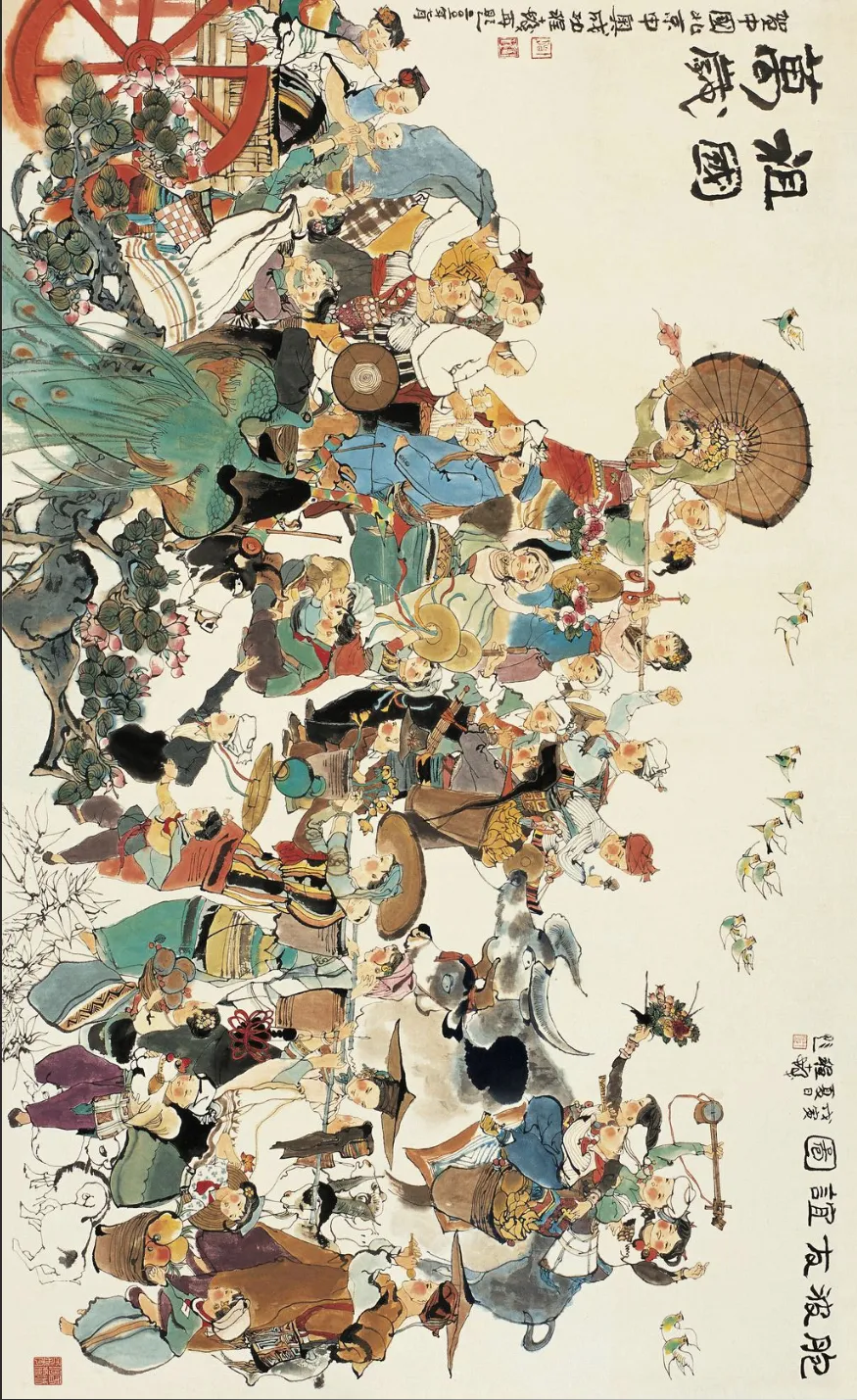
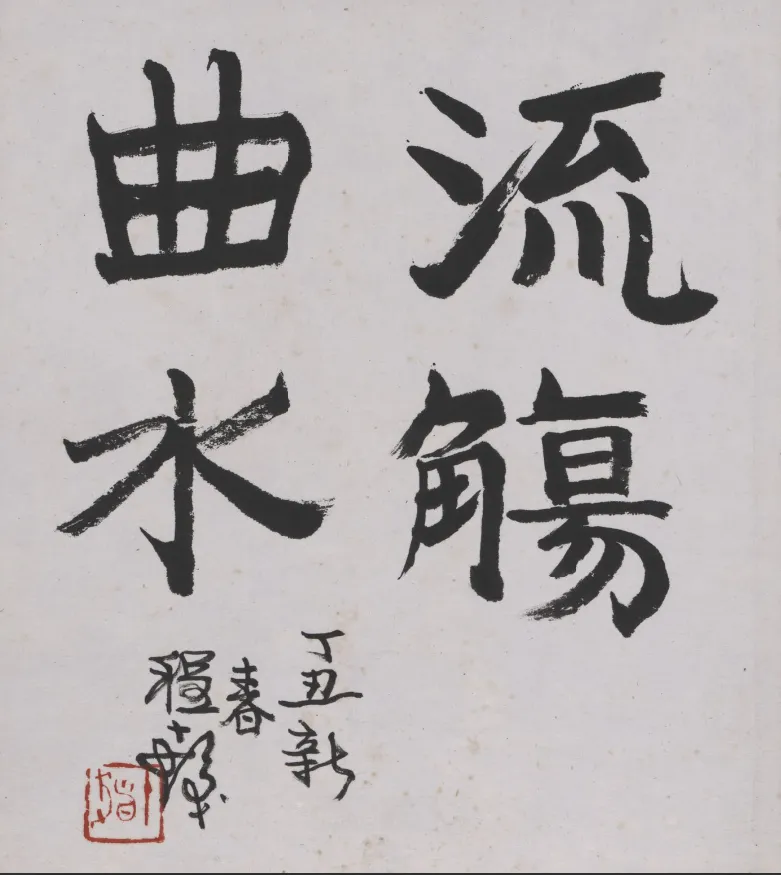
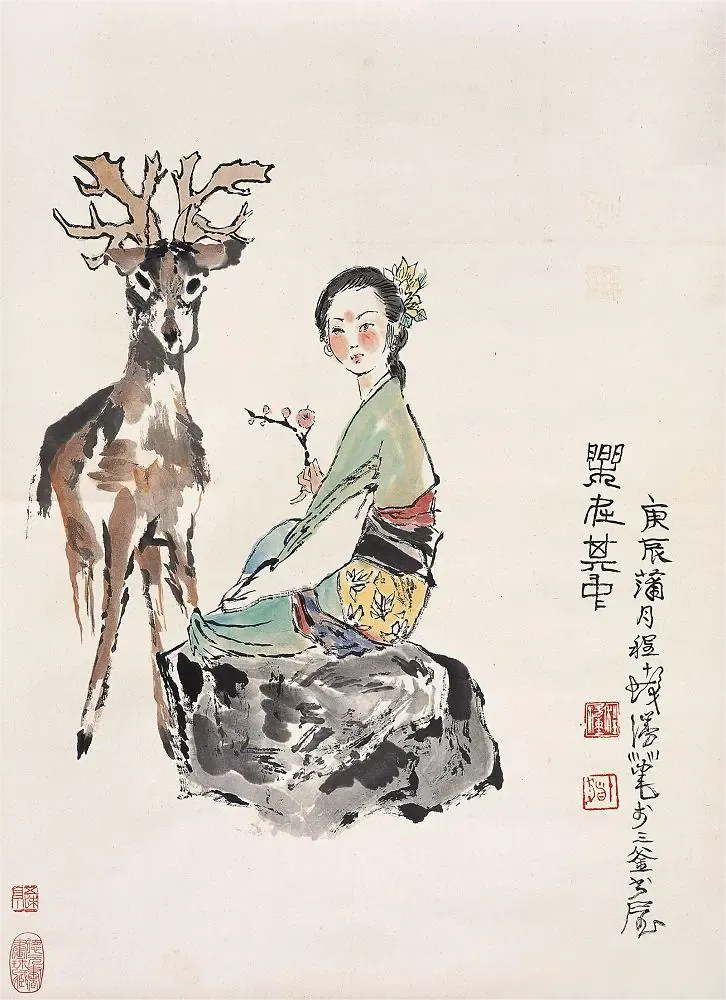
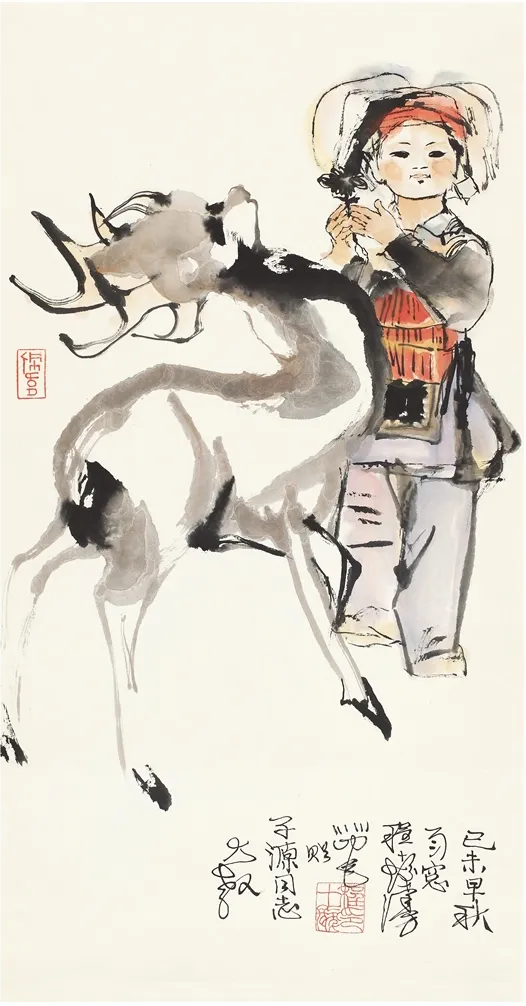

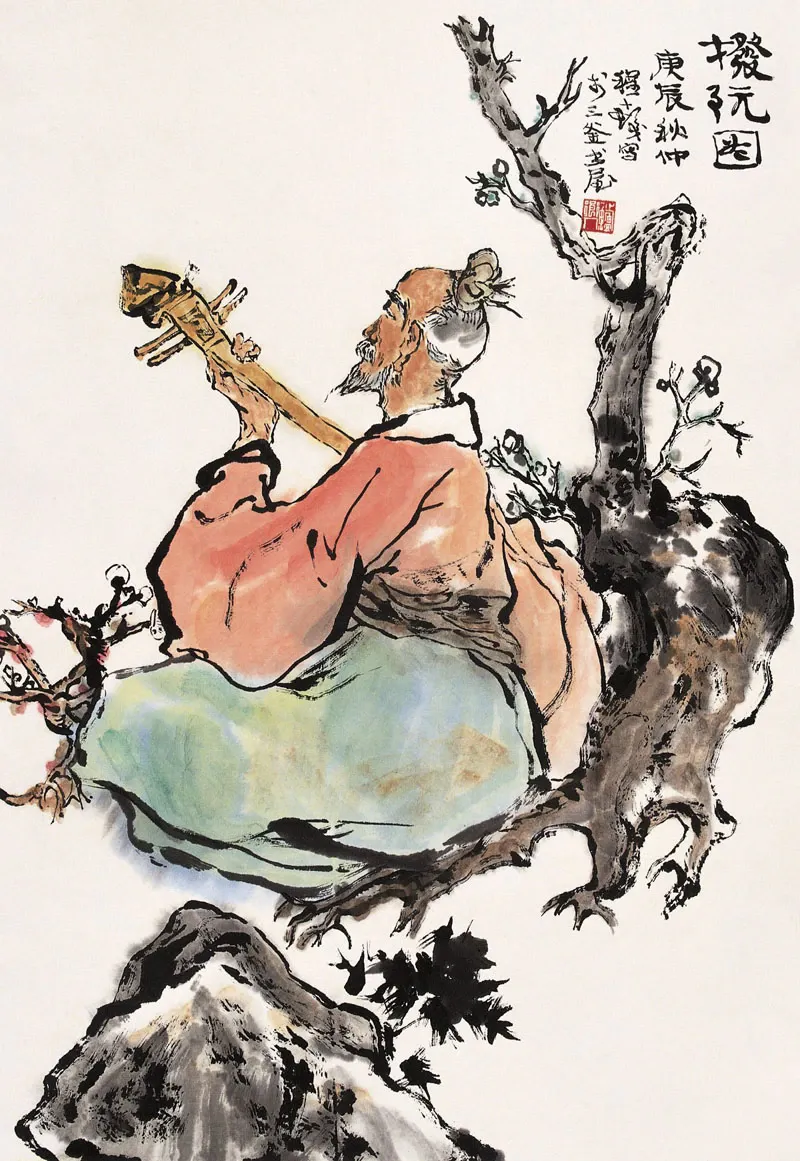
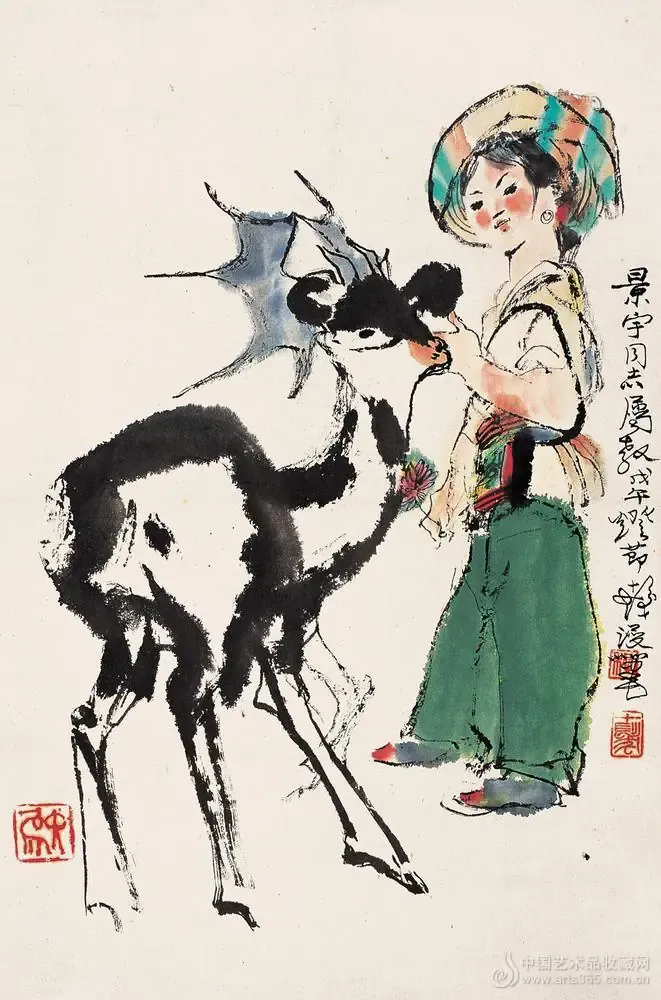
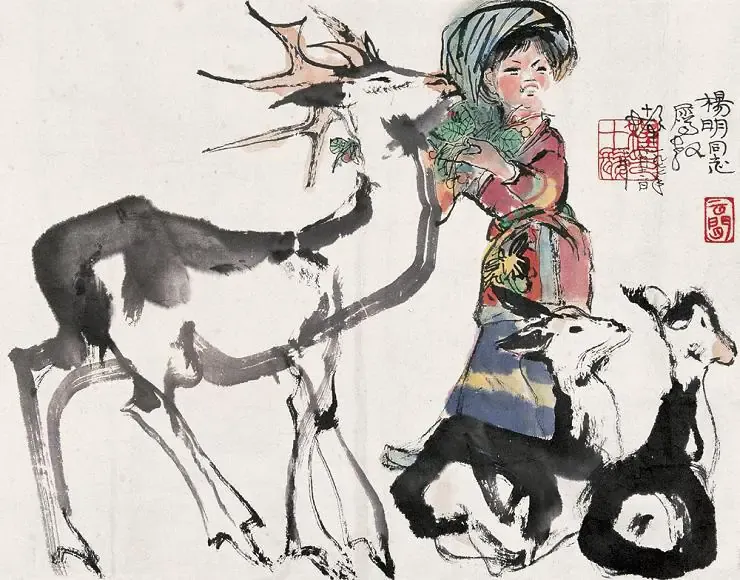

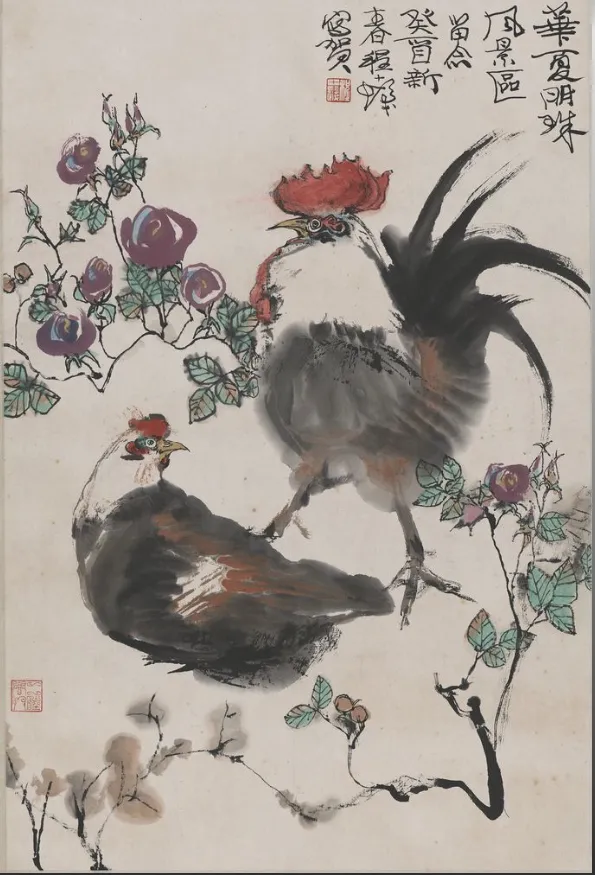
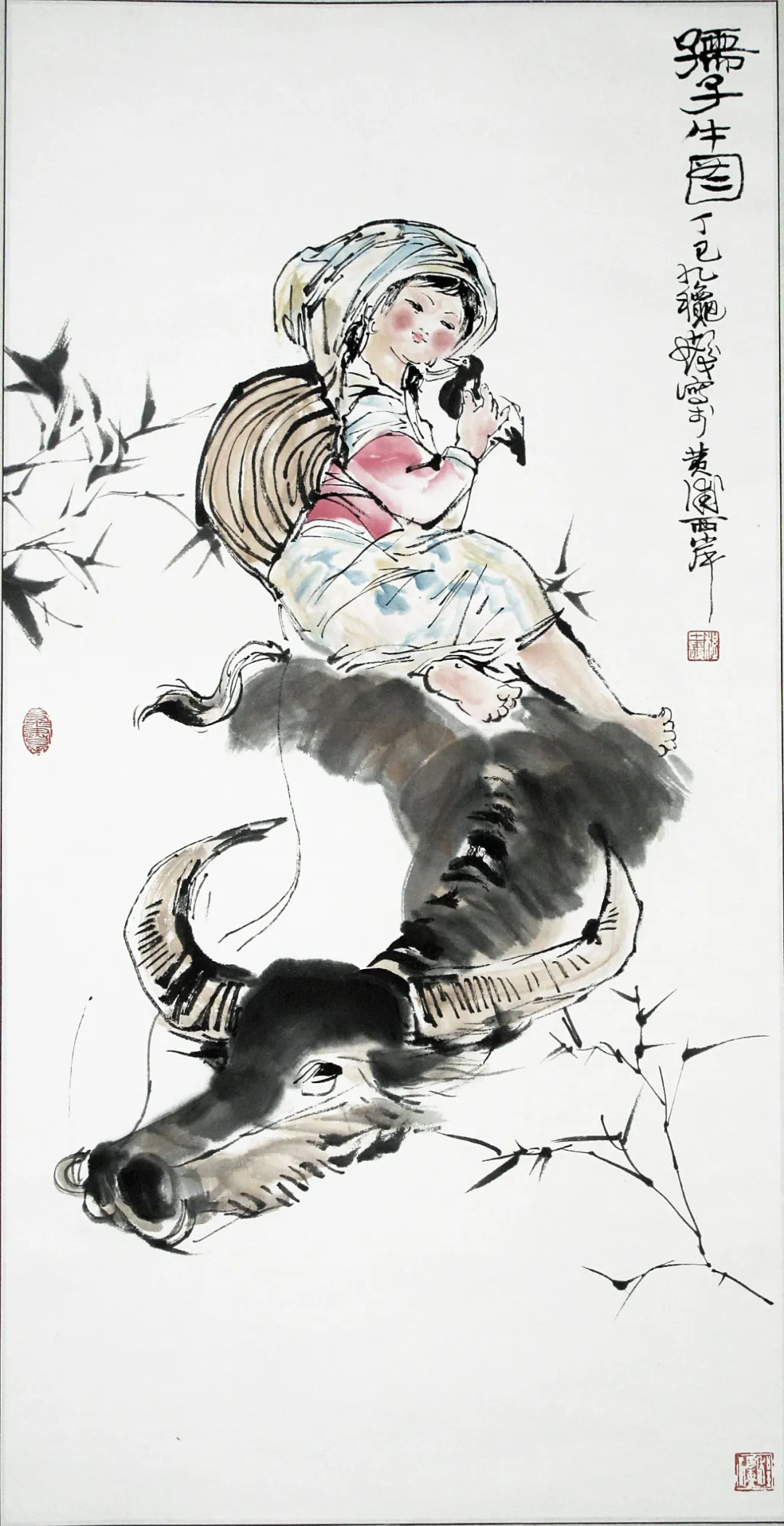
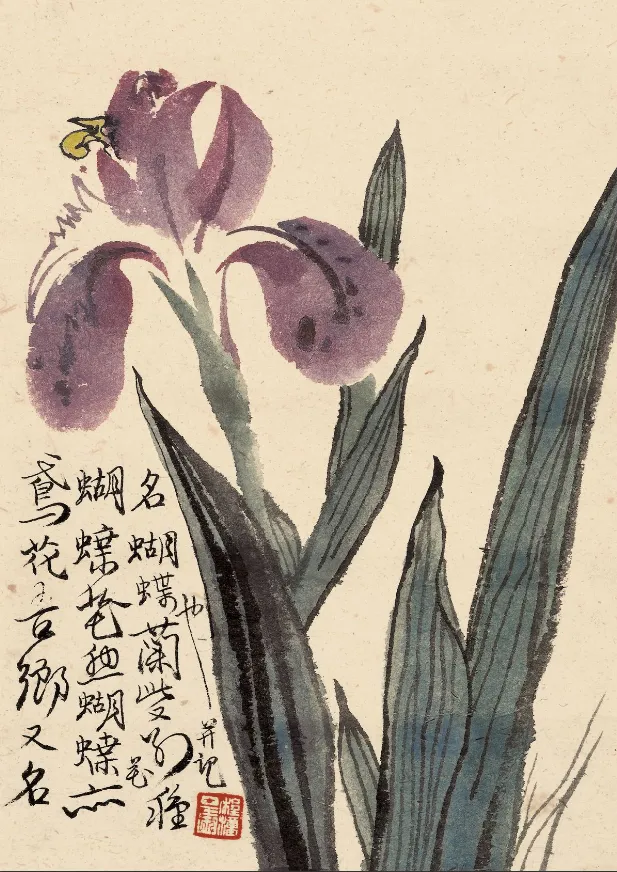
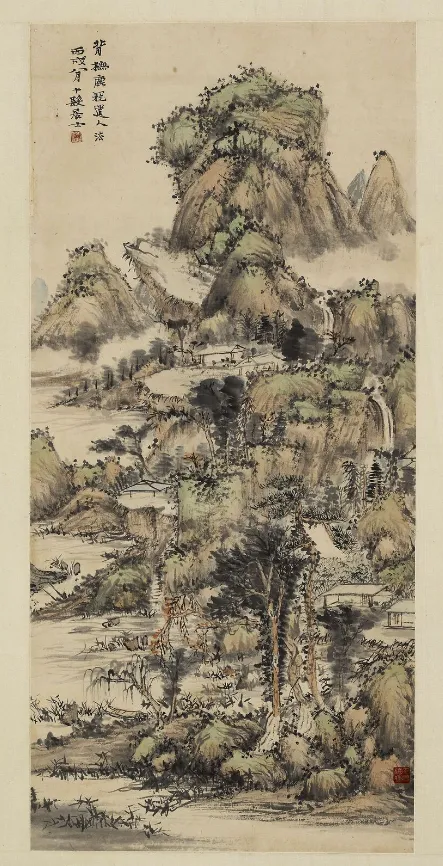
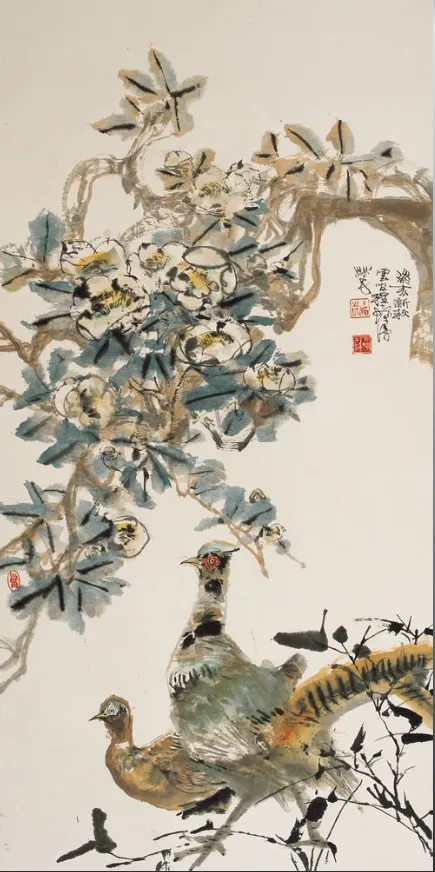
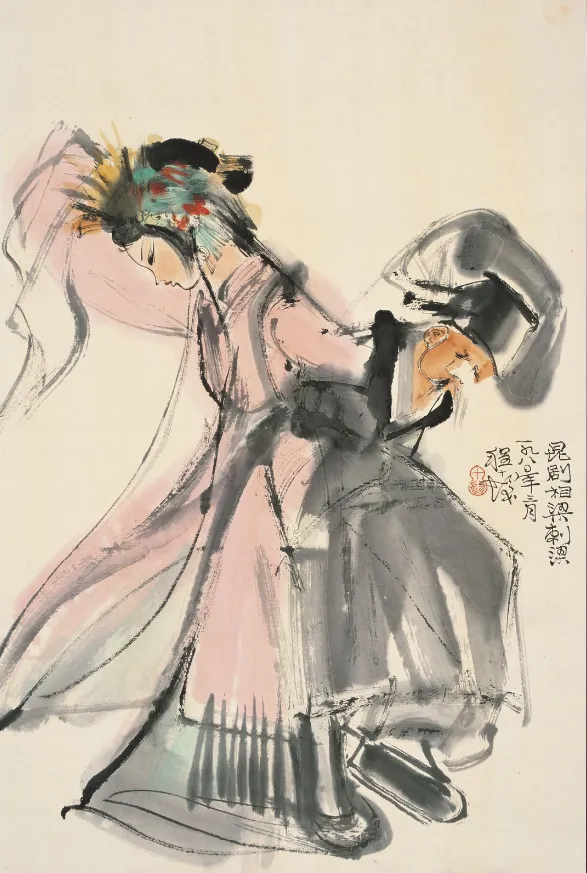
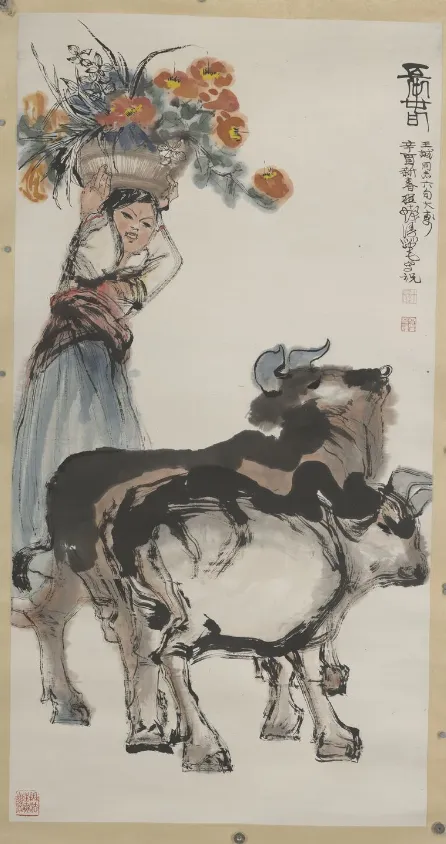
海派画重革新创造,十发尤显其长。一生探求变革创新,尊传统,不拘规。懂诗词格律,用松江方言押韵,突破老派规矩,如毛泽东诗词押湘潭方言韵。书法自成一格,与画风相映。绘画重生活源泉,师前人,更师造化。七十年代重返山水,黄山写生,得自然灵感,笔下山水树石生机盎然。
Haipai painting values innovation and creativity, and Cheng Shifa epitomized this spirit. Throughout his life, he sought artistic transformation and innovation, respecting tradition without adhering rigidly to it. He understood poetic metrics but did not confine himself, using Songjiang dialect for rhyming and breaking old rules, similar to Mao Zedong’s use of Xiangtan dialect for his poetry. His calligraphy formed a unique style that complemented his painting. In painting, he valued life as a source, learning from past masters and nature. In the 1970s, he returned to landscape painting, drawing inspiration from nature through sketching in Huangshan, bringing vitality to his landscapes.
程十发以独特艺魁、审美境界,成当代画坛代表。其“程家样”风格及艺术追求,海内外誉隆。不断创新传承,程公艺成,丰富中国传统绘画,为后世留宝贵遗产。
Cheng Shifa, with his unique artistic talent and aesthetic realm, became a representative figure in the contemporary art world. His “Cheng style” and artistic pursuits gained high acclaim both domestically and internationally. Continuously innovating and inheriting traditions, Cheng Shifa enriched Chinese traditional painting, leaving a valuable legacy for future generations.
责任编辑:苗君
